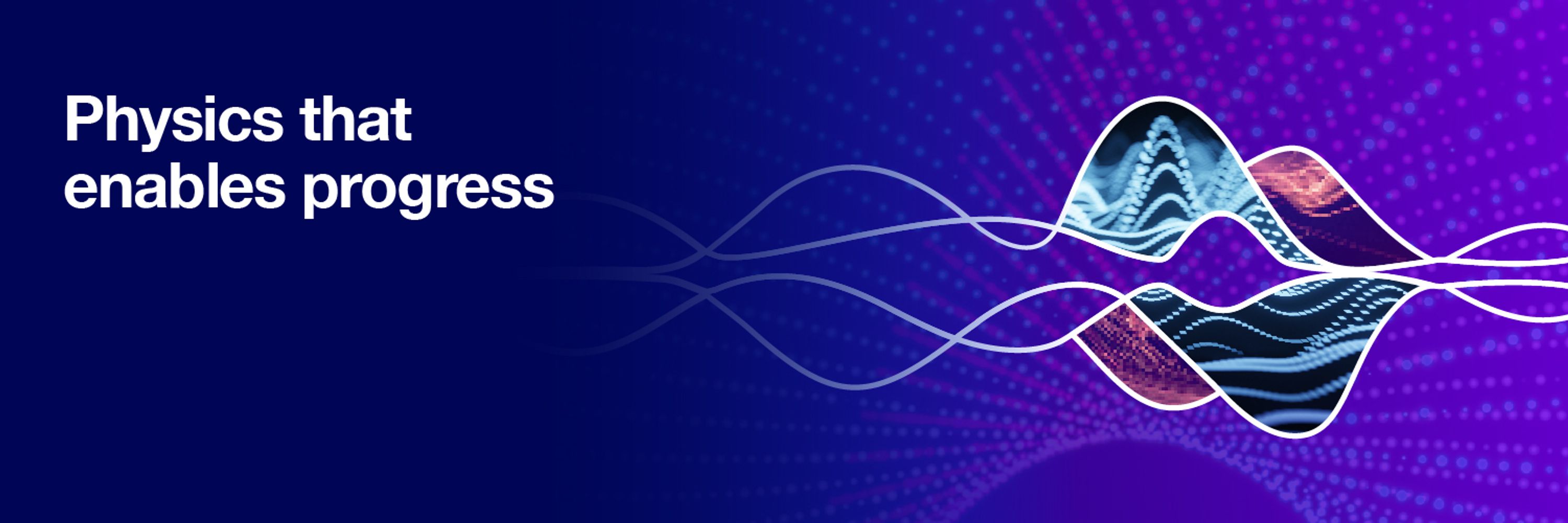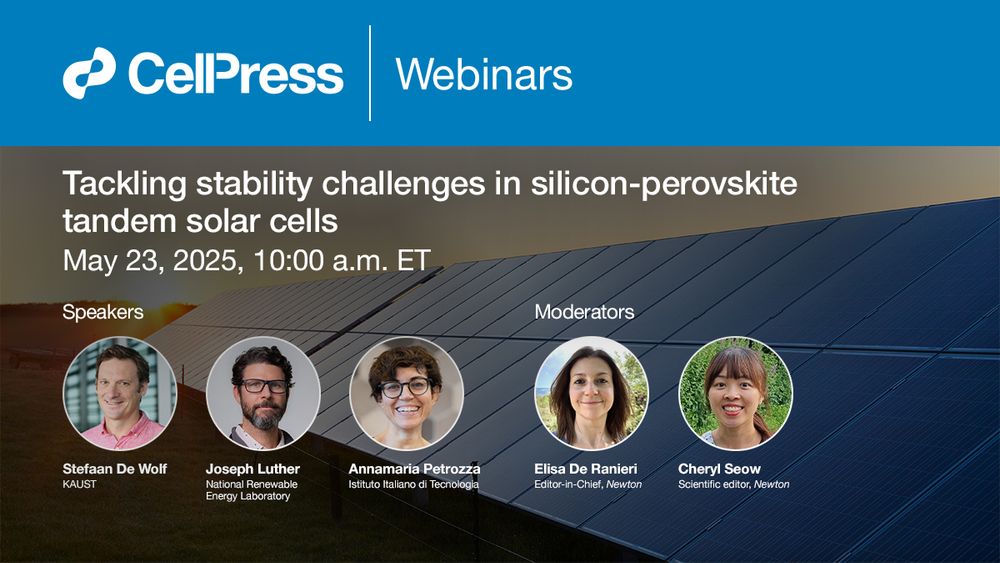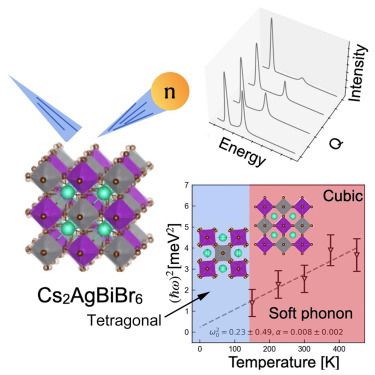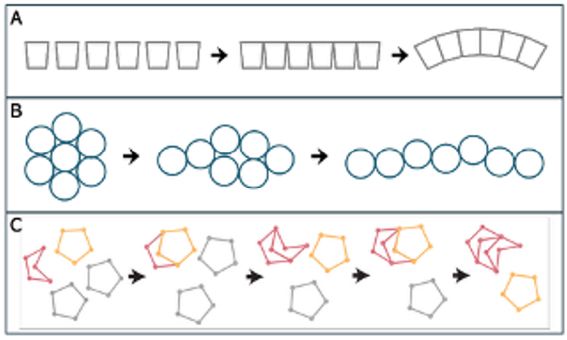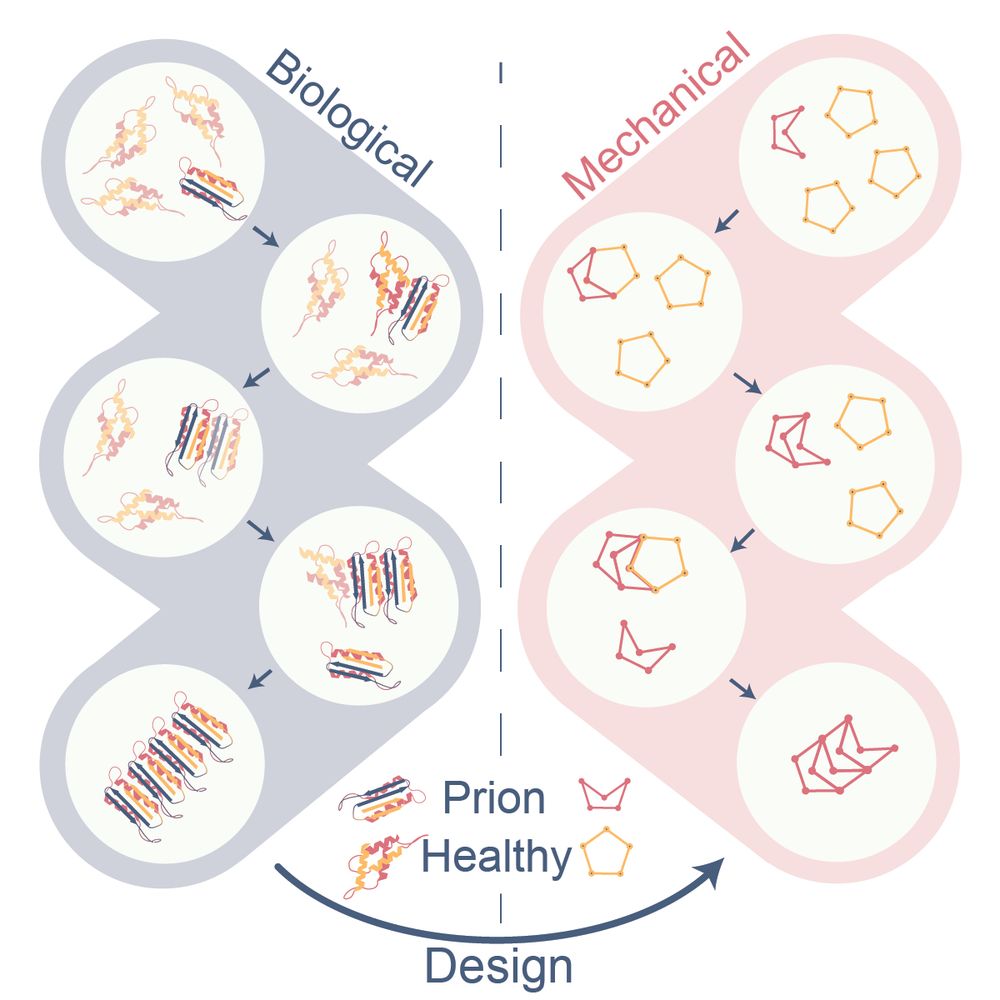Newton
@cp-newton.bsky.social
170 followers
6 following
57 posts
Newton is a broad-scope physics journal launched in 2025. Editor-in-Chief: Elisa De Ranieri, Cell Press
Posts
Media
Videos
Starter Packs
Newton
@cp-newton.bsky.social
· 43m

Spinning states with a quantum turntable
The coherent transfer of quantum information between different points in space is challenging. Ymai and Wilsmann et al. show that a spinning tetrahedral arrangement of optical traps realizes a quantum turntable that can coherently transfer the quantum states of magnetic atoms, including entangled states, around the axis of rotation with high fidelity.
dlvr.it
Newton
@cp-newton.bsky.social
· 11d

The shifting reign of force in active nematics
Epithelial cells can resemble nematic liquid crystals, exhibiting long-range alignment and topological defects. Bera et al. show that these defects do not arise randomly but that they are pre-patterned by coordinated cell forces and motions. Some of these defects can move in both directions within the same tissue, driven by distinct distributions of cell-generated traction forces and internal stresses.
dlvr.it
Newton
@cp-newton.bsky.social
· 12d
Spontaneous self-wrapping in chiral active polymers
Chirality is a widely observed property in the physical and natural world. Caprini et al. discover that chirality spontaneously induces an unfolding-folding transition and generates self-wrapped configurations in active polymers, which are demonstrated via experiments with chains of chiral active granular particles and active Brownian simulations. The results challenge standard concepts in equilibrium polymer physics and pave the way for the exploration of chirality in active polymers at the intersection of soft matter and non-equilibrium statistical physics.
dlvr.it
Newton
@cp-newton.bsky.social
· 12d

Liquid droplets reel in the spindle in yeast
The underlying mechanisms of harnessing microtubule depolymerization to generate pulling forces that reposition the mitotic spindle have remained unclear. Morelli et al. show that yeast plus-end tracking protein (+TIP) bodies are biomolecular condensates that function as force transducers, driving spindle positioning by coupling shrinking astral microtubules to cortical anchors, thereby raising the prospect of a general principle of cytoskeletal force transduction.
dlvr.it
Newton
@cp-newton.bsky.social
· 13d

Observation of universal expansion anisotropy from cold atoms to hot quark-gluon plasma
As cold-atom experiments are conducted and compared to high-energy nuclear collisions, Li et al. observe a universal scaling in opacity (average number of collisions per particle) of the expansion anisotropy between the two systems, despite their vast differences in scale and physics. The scaling is of an approximate square-root dependence, characteristic of random walks. This finding may alter the hydrodynamic paradigm of expansion dynamics and potentially unifies a variety of physical systems, from dilute gases to dense quark-gluon plasma of the early universe.
dlvr.it
Newton
@cp-newton.bsky.social
· 15d
Speeding up spin-based in-memory computing
Spin-based logic devices—using magnetic textures to store data without power—offer a promising alternative to traditional von Neumann computers. Ma et al. utilize domain walls and skyrmions in chirally coupled ferrimagnets to perform electrically controlled logic operations at gigahertz speeds, with velocities exceeding 1 km/s, providing a robust platform for ultrafast, energy-efficient in-memory computing for AI and data-intensive tasks.
dlvr.it
Newton
@cp-newton.bsky.social
· Sep 1

Traction and stress control formation and motion of +1/2 topological defects in epithelial cell monolayers
Topological defects in an epithelial cell monolayer affect the stress state, thereby impacting processes such as cell extrusion and invasion. However, it remains unclear how the defects form and how they affect the cell motion. Bera et al. quantify forces, motion, and energy exchange near +1/2 topological defects in epithelial cell monolayers and show that the direction of defect motion depends on whether energy is injected primarily by stresses transmitted between neighboring cells or tractions applied by the cells to the substrate.
dlvr.it
Newton
@cp-newton.bsky.social
· Aug 22

Morphogen gradients can convey position and time in growing tissues
Morphogen gradients are known to guide spatial patterning, but can they also encode time? Vetter and Iber propose that a co-expanding morphogen source generates transient signals, allowing cells to measure time without additional molecular clocks. The Sonic Hedgehog gradient in the mouse neural tube is used to show how this mechanism can act as a timer. Opposing gradients synchronize differentiation across the tissue, providing a simple, widely applicable strategy for coordinating space and time during development.
dlvr.it
Newton
@cp-newton.bsky.social
· Aug 22

High-fidelity transfer of entangled states on a quantum turntable
Realizing platforms that can reliably transfer quantum states is key for quantum technologies, and recent efforts have proposed the use of cold atom systems. Ymai et al. design a quantum turntable for the transport of entangled states using a tetrahedral circuit. The performance is quantified through fidelity analyses, and potential applications for quantum sensing are identified. The feasibility of operating the system using ultracold dipolar atoms is also discussed. The results showcase the benefits of superintegrability in the design of supersensitive quantum architectures.
dlvr.it
Newton
@cp-newton.bsky.social
· Aug 20

Ultrafast and reliable domain-wall and skyrmion logic in a chirally coupled ferrimagnet
Modern computers face speed limits as memory scales up. Spin-based logic, using magnetic textures like domain walls and skyrmions, could offer a faster, energy-efficient alternative. Ma et al. demonstrate control of the magnetic coupling in a ferrimagnetic CoGd alloy that achieves domain-wall speeds of over 1 km/s, enabling 50 nm logic gates to operate in 50 ps. They also demonstrate a stable skyrmion NOT gate, paving the way for ultrafast, low-power chips for AI and data-intensive applications.
dlvr.it
Newton
@cp-newton.bsky.social
· Aug 20

A one-transistor organic electrochemical self-sustained oscillator model for neuromorphic networks
Designs for neuromorphic systems typically involve multiple transistors or external amplifiers. Bisquert and Tessler propose a minimalist neuromorphic circuit using a single organic electrochemical transistor and passive RC elements to generate self-sustained spiking. By exploiting negative transconductance and timescale separation, the system achieves relaxation oscillations without amplifiers. The design offers a compact, energy-efficient, and flexible platform for bioelectronic interfaces and neuromorphic computing, with tunable dynamics and potential for scalable integration.
dlvr.it
Newton
@cp-newton.bsky.social
· Aug 13
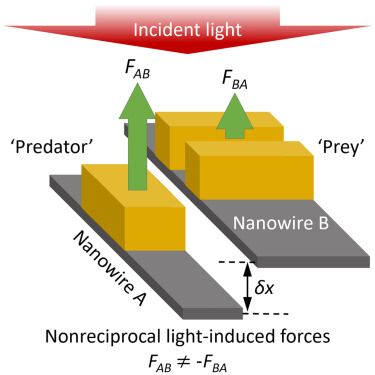
Time-translation symmetry, ergodicity, and entropy dynamics in a time crystal driven by optical interaction forces
There is growing interest in non-equilibrium active matter, which converts a source of energy into motion. Liu et al. study the dynamics of an ensemble of nanoscale oscillators and show how light can induce nonreciprocal interactions between oscillators, triggering persistent coherent oscillations across the ensemble. The breaking of ergodicity and time-translation symmetry signifies a transition to the time-crystal state, which is of interest for implementing timetronics—a new data processing paradigm based on time crystals.
dlvr.it
Newton
@cp-newton.bsky.social
· Aug 13

Electric-field-induced quantum anomalous valley Hall effect in antiferromagnetic bilayer
The quantum anomalous valley Hall effect (QAVHE) offers promising valleytronic applications. Unlike previous methods needing strain or magnetic fields, Zhang et al. propose a universal electric tuning approach in bilayer antiferromagnetic materials. The approach features unique optical selectivity and strong magnetoelectric coupling, advancing understanding of the QAVHE and providing a strategic pathway for innovative valleytronic device development.
dlvr.it
Newton
@cp-newton.bsky.social
· Aug 8

A field biology guide for the curious physicist
Stupski et al. provide a practical guide for conducting interdisciplinary, curiosity-driven field research, based on experiences creating the in situ Jungle Biomechanics Lab, an interdisciplinary field methods course in the Peruvian Amazon Rainforest. Seven essential steps for planning and executing field research that is scientifically rigorous, logistically feasible, and ethically sound are proposed. Prioritizing collaboration and interdisciplinary training creates a more robust foundation for all sciences, allowing researchers from disparate fields to unleash new creativity and gain a wider perspective.
dlvr.it
Newton
@cp-newton.bsky.social
· Aug 8

A fluid droplet harvests the force generated by shrinking microtubules in living cells
How cells capture the force generated by microtubule depolymerization to move large cargos has remained unresolved. Morelli et al. show that fluid biomolecular droplets whose surfaces are coated with motors at dynamic microtubule ends can harness their dynamics to move the mitotic spindle in living cells.
dlvr.it
Newton
@cp-newton.bsky.social
· Aug 7

Modeling of current-voltage characteristics of high-efficiency kesterite solar cells
Kesterite-based solar cells do not typically show close agreement with the idealistic single diode model. Scaffidi et al. demonstrate that the optoelectronic quality enhancements in recent solution processing baselines for kesterite thin films lead to a closer-to-ideal behavior, remarkably reconciling dark and light responses. Through robust device modeling, the dominant source of losses in the device is identified as a defect-rich layer restraining its voltage output, while light is also shed on the mechanism responsible for leakage currents.
dlvr.it
